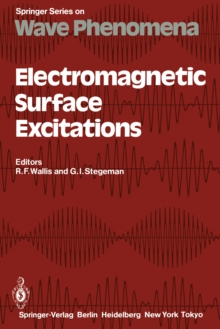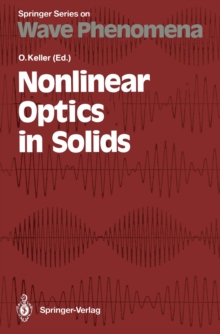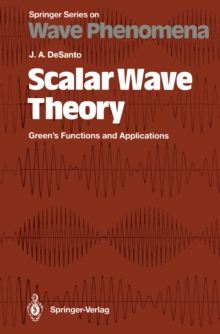
Recent Developments in Surface Acoustic Waves : Proceedings of European Mechanics Colloquium 226, University of Nottingham, U. K., September 2-5, 1987 PDF
Edited by David F. Parker, Gerard A. Maugin
Part of the Springer Series on Wave Phenomena series
Description
The topic of surface waves lies at the interface between a number of disci- plines - physics, theoretical and applied mechanics, electroacoustics, ap- plied mathematics, surface science and seismology.
This volume, based on papers delivered at European Mechanics Colloquium 226, reflects this diversity in approach and background, while showing strong links between phenomena arising from different fields.
The emphasis is on recent de- velopments such as nonlinear and other nonclassical effects,which have great importance for both pure science and for applications such as signal processing, nondestructive evaluation and seismic studies.
In recent years there has been considerable progress in the mathe- matical treatment of nonlinear effects, of viscoelastic and of more novel constitutive effects which modify the predictions of linear elastic and piezo- electric theory for surface acoustic wave (SAW) propagation.
A number of these themes serve to group the contents of this volume.
Part I contains recent advances in the rigorous mathematical treatment of nonlinearity, together with a paper giving experimental results showing the need for further theoretical development.
Part II deals with anisotropic elasticity, showing that even the linear theory presents many possible behaviours, which are still not fully categorized.
Information
-
Download - Immediately Available
- Format:PDF
- Publisher:Springer Berlin Heidelberg
- Publication Date:06/12/2012
- Category:
- ISBN:9783642835087
Information
-
Download - Immediately Available
- Format:PDF
- Publisher:Springer Berlin Heidelberg
- Publication Date:06/12/2012
- Category:
- ISBN:9783642835087










